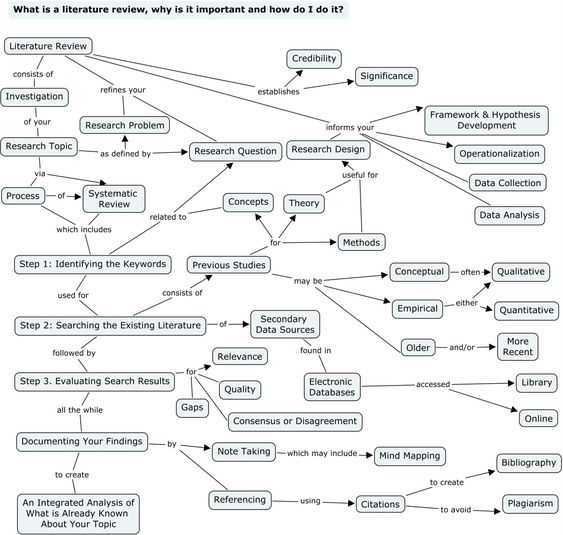1. Never Copy Verbatim
🚫 Rule: Don’t copy text from papers, books, or even your own past work.
✅ Fix: Use quotation marks for short quotes + cite immediately.
Example: “Climate change is irreversible (Smith, 2020).”
🚫 Rule: Don’t copy text from papers, books, or even your own past work.
✅ Fix: Use quotation marks for short quotes + cite immediately.
Example: “Climate change is irreversible (Smith, 2020).”
2. Write in Your Own Voice
🚫 Rule: Avoid paraphrasing others’ work without citation.
✅ Fix: Explain ideas freshly and cite sources.
Red Flag: Blending your words with uncited text = plagiarism.
🚫 Rule: Avoid paraphrasing others’ work without citation.
✅ Fix: Explain ideas freshly and cite sources.
Red Flag: Blending your words with uncited text = plagiarism.
3. When Unsure, Cite It
🚫 Rule: Assuming “common knowledge” is risky.
✅ Fix: Cite anything you didn’t personally discover.
Pro Tip: Over-citing? Rewrite to add more original analysis.
🚫 Rule: Assuming “common knowledge” is risky.
✅ Fix: Cite anything you didn’t personally discover.
Pro Tip: Over-citing? Rewrite to add more original analysis.
4. No Self-Plagiarism
🚫 Rule: Recycling figures/tables/text from your past papers without permission/citation.
✅ Fix: Cite your prior work + get journal permissions.
Example: “Adapted from Ober et al. (2013)
🚫 Rule: Recycling figures/tables/text from your past papers without permission/citation.
✅ Fix: Cite your prior work + get journal permissions.
Example: “Adapted from Ober et al. (2013)
5. Always Ask Permission
🚫 Rule: Using unpublished data/figures from others without consent.
✅ Fix: Get written approval + credit the creator.
Example: “Figure courtesy of Dr. X (personal communication).
🚫 Rule: Using unpublished data/figures from others without consent.
✅ Fix: Get written approval + credit the creator.
Example: “Figure courtesy of Dr. X (personal communication).
🔔 Want More?
Subscribe to @scholarshipfphd for $2/month to get:
✅ Exclusive guides on academic writing
✅ Peer-review survival hacks
✅ Grants/funding alerts
Hit “Subscribe” on my profile! 🚀
Subscribe to @scholarshipfphd for $2/month to get:
✅ Exclusive guides on academic writing
✅ Peer-review survival hacks
✅ Grants/funding alerts
Hit “Subscribe” on my profile! 🚀
• • •
Missing some Tweet in this thread? You can try to
force a refresh












